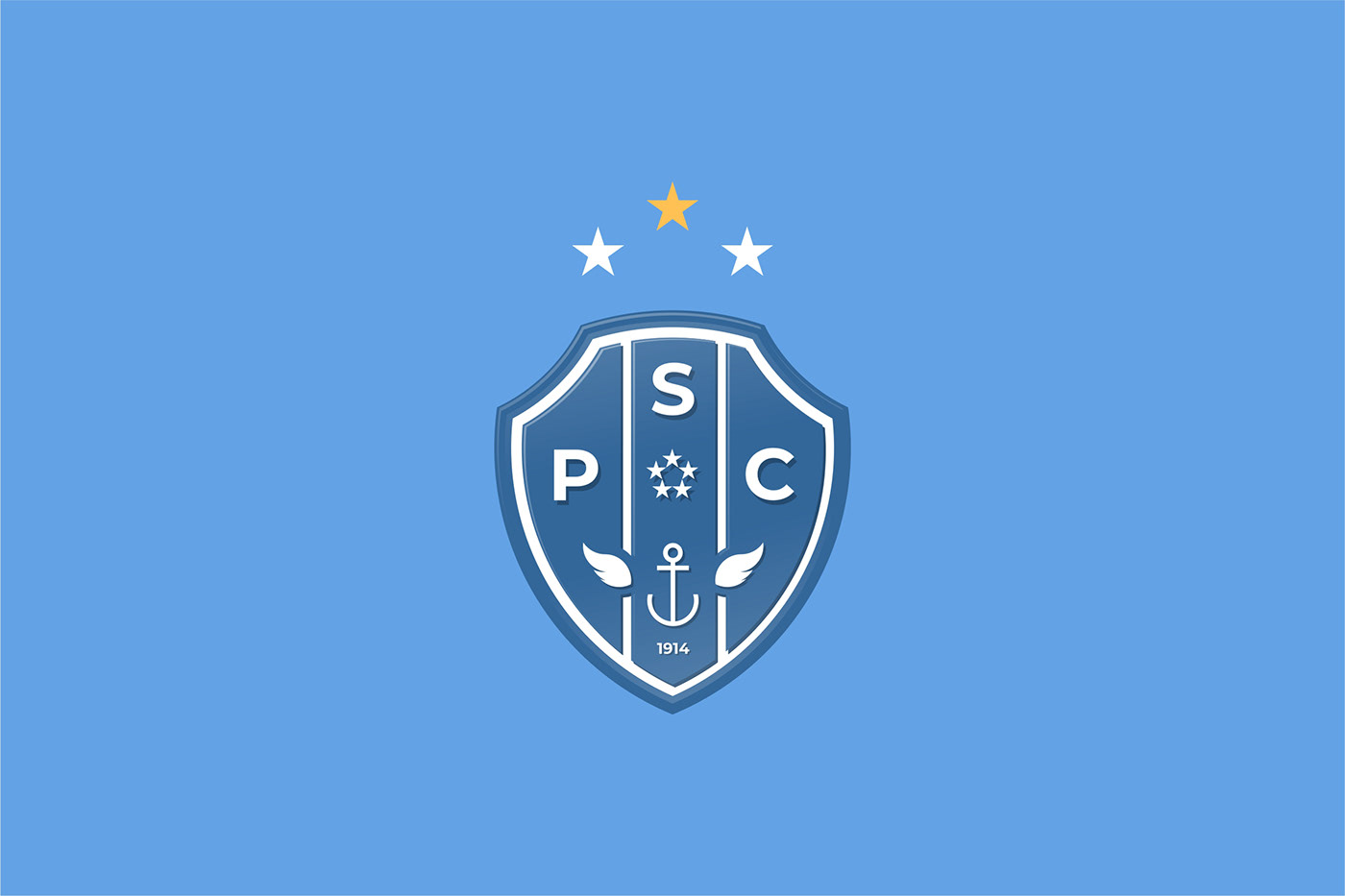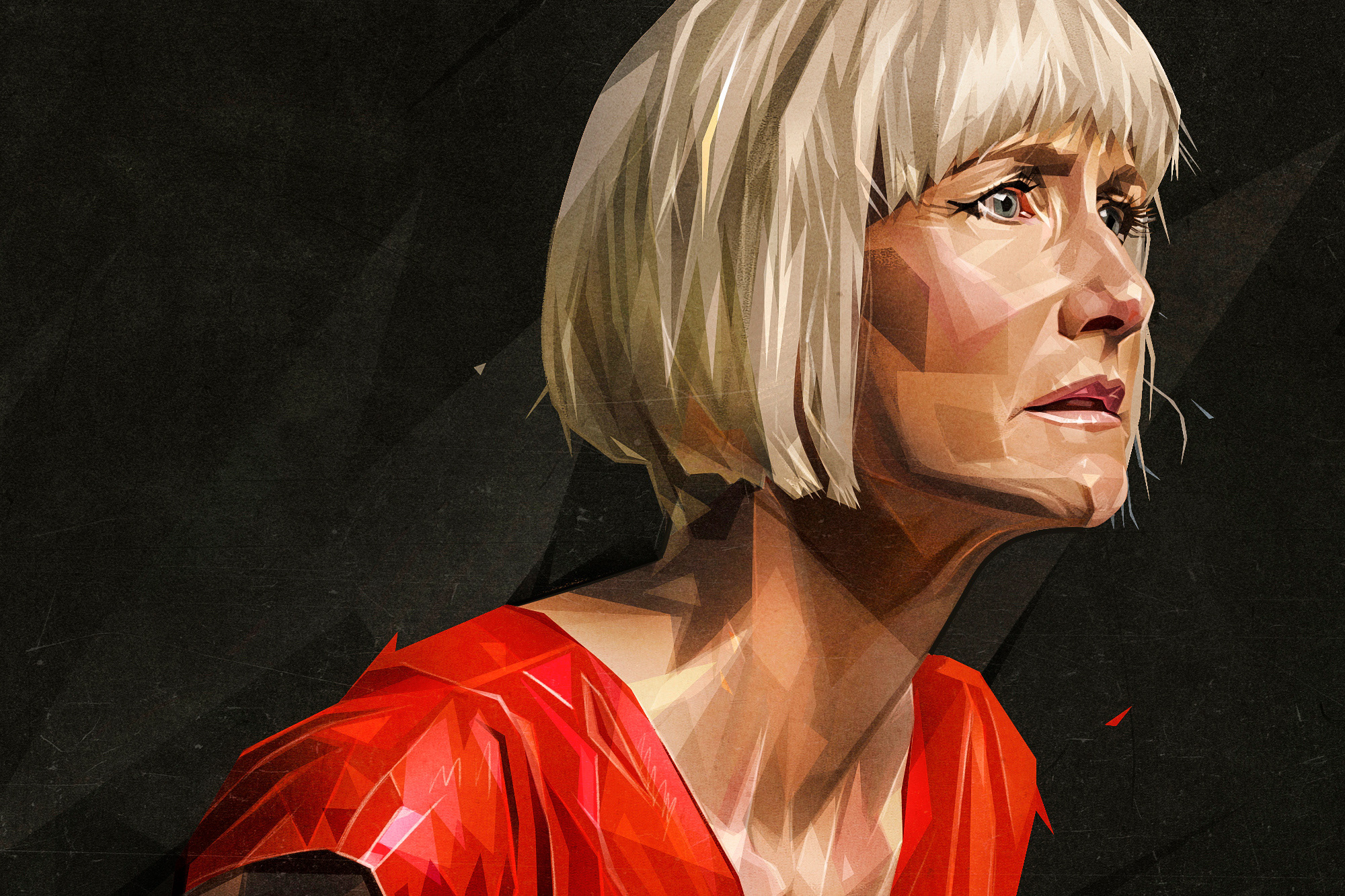
BR:
Paysandu, cidade do Uruguai, foi palco, dia 2 de janeiro de 1865, do episódio histórico denominado "A TOMADA DE PAYSANDU", do qual, participaram, tropas e esquadras brasileiras comandadas, respectivamente, pelo General Mena Barreto e pelo Almirante Tamandaré. Esse episódio não tem qualquer ligação com a guerra do Paraguai, mas sim com as sangrentas lutas que, no Uruguai, envolviam sempre os partidos políticos "Blanco" e "Colorado". Os nomes, da cidade e do clube, se escrevem como está no mapa: PAYSANDU
⠀
O objetivo do Rebrand foi de resgatar a história de fundação do Clube e manter todo conceito de força e garra do Papão da Curuzu. Mantivemos a ideia do pé alado mas, substituimos pelo ícone que simboliza a marinha, em homenagem ao Almirante Tamandaré que participou da conquista de Paysandu (cidade do Uruguai), no dia 2 de janeiro de 1865.
EN:
Paysandu, city of Uruguay, was the stage, on January 2, 1865, of the historical episode called "THE TOMADA DE PAYSANDU", in which Brazilian troops and squadrons participated, commanded, respectively, by General Mena Barreto and Admiral Tamandaré. This episode has nothing to do with the Paraguayan war, but with the bloody struggles that, in Uruguay, always involved the political parties "Blanco" and "Colorado". The names of the city and club are written as shown on the map: PAYSANDU
⠀
The objective of Rebrand was to recover the history of the Club's foundation and maintain the whole concept of strength and claw of the Boogeyman of Curuzu. We kept the idea of the winged foot, but replaced it with the icon that symbolizes the navy, in honor of Admiral Tamandaré who participated in the conquest of Paysandu (city of Uruguay), on January 2, 1865.
















